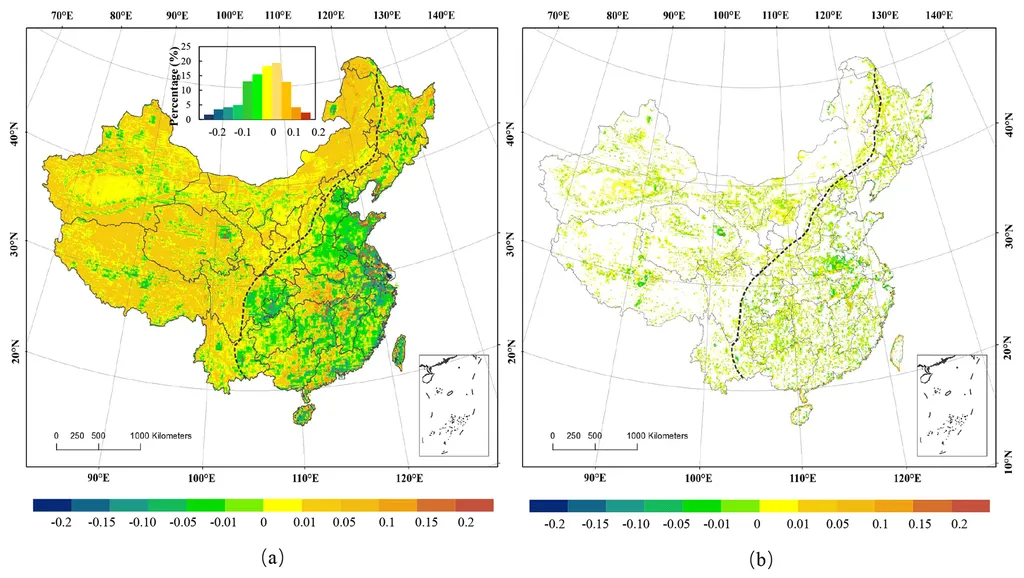In the heart of China, researchers are making waves in the world of soil moisture monitoring, and their work could have significant implications for the energy sector. Dr. Cheng Tong, a leading expert from Zhejiang University and the Research Institute for Urban Planning and Sustainability at Hangzhou City University, has just published a comprehensive review in the *International Soil and Water Conservation Research* (which translates to *International Journal of Soil and Water Conservation* in English). This review, titled “The passive microwave remote sensing in soil moisture retrieval: Products, models, applications and challenges,” is shedding new light on how we can better understand and manage one of our most precious resources: water.
Soil moisture (SM) might not be the first thing that comes to mind when you think about energy, but it’s a critical component of the global water cycle and a key player in terrestrial carbon cycling. It influences everything from energy exchange to vegetation dynamics and ecosystem productivity. Accurate SM data can help predict extreme weather events, optimize agricultural practices, and even improve climate models. But until now, there hasn’t been a comprehensive review of the advancements, methods, applications, and challenges of passive microwave SM retrieval.
Passive microwave remote sensing has emerged as the go-to method for SM estimation due to its all-weather capability, extensive coverage, and high efficiency. “Over recent decades, significant progress in microwave SM retrieval has been driven by technological innovations and increased satellite data availability,” says Dr. Tong. This progress has led to the development and widespread adoption of passive microwave SM products, which are now being used in a wide range of applications, from drought monitoring and flood forecasting to disaster early warning and even military simulation.
However, despite these advancements, there are still challenges to overcome. Data gaps, lower spatial resolution, and accuracy issues caused by external environmental factors are just a few of the hurdles that researchers are working to address. But the potential is enormous. As Dr. Tong puts it, “Passive microwave SM data are increasingly being applied in fields related to human activities, such as disaster early warning, military simulation, and vehicle speed modeling, underscoring their versatility and expanding relevance in both natural and anthropogenic contexts.”
So, what does this mean for the energy sector? Accurate soil moisture data can help improve weather forecasting, which in turn can enhance energy demand prediction and grid management. It can also aid in the development of more efficient irrigation systems, reducing water usage and energy consumption in agriculture. Furthermore, better understanding of soil moisture patterns can contribute to more accurate climate models, helping energy companies plan for and adapt to future changes.
Dr. Tong’s review offers a forward-looking perspective on passive microwave SM research, highlighting the need for continued innovation and development. As we face increasing challenges in water and energy management, this research could play a pivotal role in shaping future developments in the field. So, while it might not be the most glamorous topic, soil moisture monitoring is a critical area of research with far-reaching implications for our energy future.

